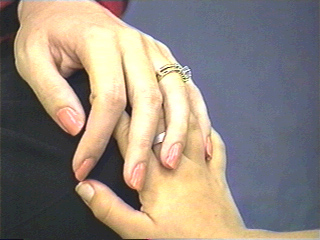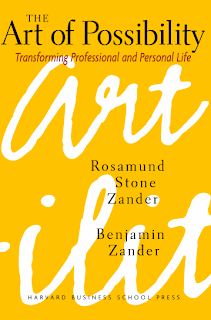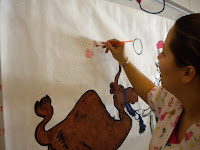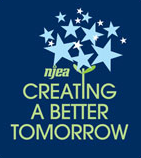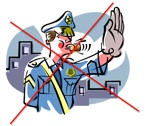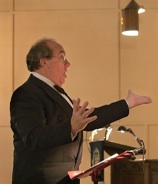This site offers information about subjects such as observations, senses, reading, social skills, rainbows, spending time with grandma, trains and how they run and many, many more interesting subjects for early learners. There are subjects that coincide with our Curiosity Curriculum.
TMBG Kids Video Podcasts - Is a series of podcasts for children - teachers - and families. They recite the ABC, discuss shapes, count numbers using significant visuals to increase the learning potential.
Stick figure English for ESL Students - The visual usage of stick figures to impart knowledge of simple English vocabulary, helps to ease the difficulty of teaching English to ESL students.
Daily Activities The Simple Present Tense for ESL students
“What do you do everyday” is a unique presentation for ESL students to learn short, quick sentences explaining present tense usage of words. This video is also very explicit in that it also caters to students who struggle with understanding how to use Present Tense in sentences.
The Busybeavers site introduces verbs - it gives children the opportunity to answer questions using complete sentences. I’ve used this site with my Pre-school students to promote the use of using more of their words versus one or two word responses. There is a fee of $20.00 to get streaming access to the song videos for a 3 month period. This $20.00 also enables the user to download 350 worksheets, flash cards, and MP3 music.
Dragonfly TV-Video-Podcast teaches children about real world science. Tornados, rivers & dams, Hip Hop Dancing, Kart Racing and many more interesting subjects for children to learn about real-life events are offered on this podcast.
Learning in Hand features video podcasts as a learning enhancement for educators to use iPods in the classroom.



